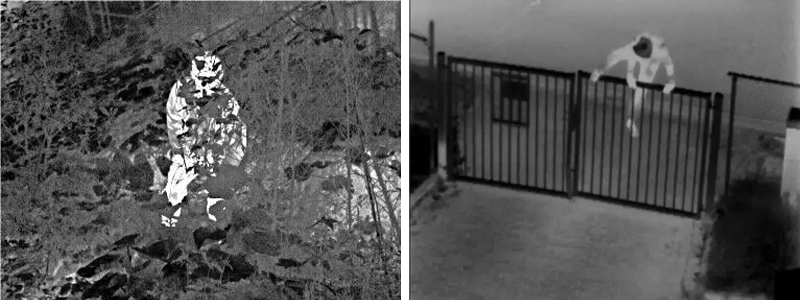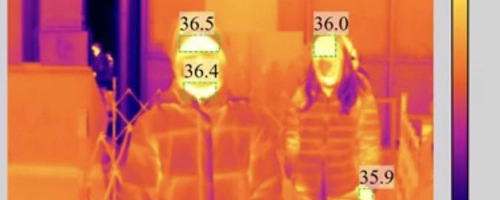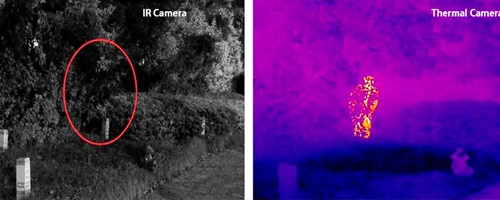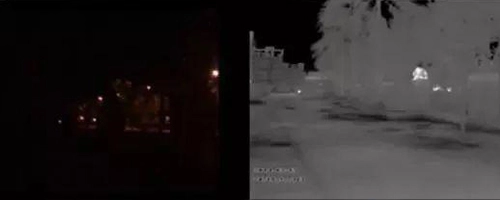Thermal imaging technology is a detection technique that identifies the temperature distribution on an object's surface by utilizing the thermal radiation emitted from the object. Thermal imaging cameras typically detect radiation in the long-infrared range of the electromagnetic spectrum (approximately 8,000–14,000 nanometers or 8–14 µm) and generate images of that radiation. According to the blackbody radiation law, all objects with a temperature above absolute zero (-273°C) emit infrared radiation. Therefore, thermal imaging technology can be used to observe the surrounding environment, regardless of whether visible light is present.

Thermal imaging cameras are not affected by lighting conditions—whether in extremely low light or complete darkness. Compared to visible light imaging, thermal imaging cameras are much less affected by weather conditions such as fog, smoke, rain, and snow, allowing them to operate effectively in almost any environment.

Thermal imaging cameras can provide features such as temperature display and temperature anomaly alerts.

Thermal imaging cameras are unaffected by lighting conditions, whether in extremely low light or complete darkness. Compared to visible light imaging, thermal imaging cameras are much less impacted by weather conditions such as fog, smoke, rain, and snow, enabling them to operate effectively in almost any environment at any time.

Thermal imaging cameras not only outperform visible light cameras in dark scenes but also enable all-weather monitoring of target objects.